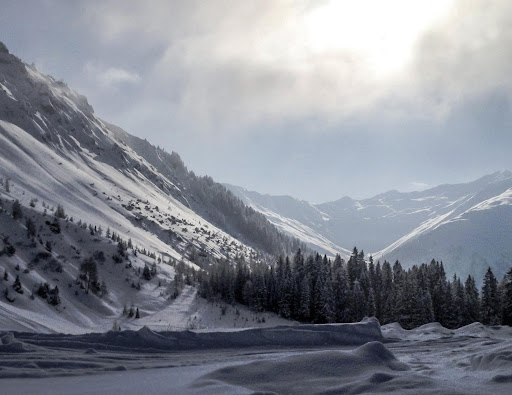Swiss and Alpine folklore are closely intertwined, influencing local traditions in the region immensely, along with influences spanning across the Rhine and even into northern Italy. With this being said, Switzerland has some unique mythology, which will be explored in this article.
Kobolds
These are small household spirits that are depicted to be ambivalent or indifferent, playing the role of the labourer and the trickster. Kobolds are usually described as invisible, but able to appear as an animal, a candle, a fire and a human. They usually take the form of a humanoid figure, around the size of a small child. Whilst commonly known as a helpful spirit, the Kobold can be malicious and troublemaking when insulted or disrespected, such as the lack of offerings and punctuality.
The origins of the Kobold go back to the Hellenic trickster spirit called Kobulos. This belief spread due to the wide influence of the Roman Empire, where ideas were communicated faster than ever before, and eventually made their way to the Alps. This morphed into a form of the Kobold we know today and persisted through the Roman Christianization of the region as an integral pagan custom.
As a household entity, Kobolds would perform tasks in and around the house that were neglected by the homeowner at the end of the day. It was told that the presence of a Kobold would bring its chosen household wealth and prosperity. The idea of a domestic spirit is commonplace in European folklore as well, such as in the English Hobgoblin.
However, a form of Kobold was also said to inhabit the Alpine mines in Switzerland. These Kobolds were seen as evil and troublemaking spirits, with miners even praying for protection from them. The miners had good reason to be wary of these spirits, with Kobolds being said to create fake veins of copper or silver, but when melted would be poisonous to those who inhaled and handled it. This ore was later identified to be a new element and was subsequently named cobalt after its mischievous creator. Subterranean Kobolds were said to be much more hideous than their domestic counterparts, with a hunchback and an ability to turn into bricks.
Barbegazi
A variety of dwarf hailing from Swiss and French mythology, the Barbegazi are characterized as having enormous feet and a long, white beard. Famously proficient in skiing, they use their large feet to glide down mountains and take great joy in skiing during avalanches. They lay dormant in caves over the summer, emerging in the winter. Due to their isolated dwellings, there is a limited number of sightings of the Barbegazi.
They are known to be helpful on some occasions, assisting farmers in rounding up herds of animals. It is also known that they warm humans of incoming avalanches by producing a low whistling noise, and helping to dig buried humans out of the snow.
Frost Giants
Portrayed as wearing shoes made from hollowed-out fir trees, and beards covered in drooping icicles, it is no surprise that Frost Giants made a spot in this article. They are ruled over by an Ice King, inhabiting the peaks of the Alpine mountains. They send avalanches rolling down the cliffside and freeze any living thing that dares to venture into their domain.
However, they have a particular weakness to warmth, melting into puddles of water when the weather gets too warm for them to handle. They are in a constant struggle with the fairies, who use their warmth against the frost giants.
Jack Frost
A well-known European personification of Winter, Jack Frost is prevalent in Swiss Folklore. He occasionally appears as a trickster or a hero in certain more modern tales. Originating from Anglo-Saxon and Norse winter traditions, but spreading out as far as Finland and has adapted to several cultures. He is iconically responsible for leaving frost patterns on windows and changing the colour of leaves during autumn.
Frau Froste
Also known as Perchta in Germanic sources, where most of the knowledge about this deity comes from. Frau Froste is a goddess in Alpine paganism and was spoken of as early as the 10th century in Old High German texts. She is also described as a “guardian of the beasts”. She also appears during the twelve days of Christmas to oversee spinning and to uphold cultural taboos. Frau Froste has two forms: a beautiful woman as white as snow, or an elderly haggard woman depending on the region. She is portrayed as having one large, possibly swan, foot which is said to show her supernatural nature.
Frau Froste punishes and rewards children and young servants for their diligence or lack thereof. Punishments usually consisted of opening up their belly and filling it with straw and pebbles, whilst rewards would be a silver coin placed near their bed.
Written by Bernard de Laguiche

